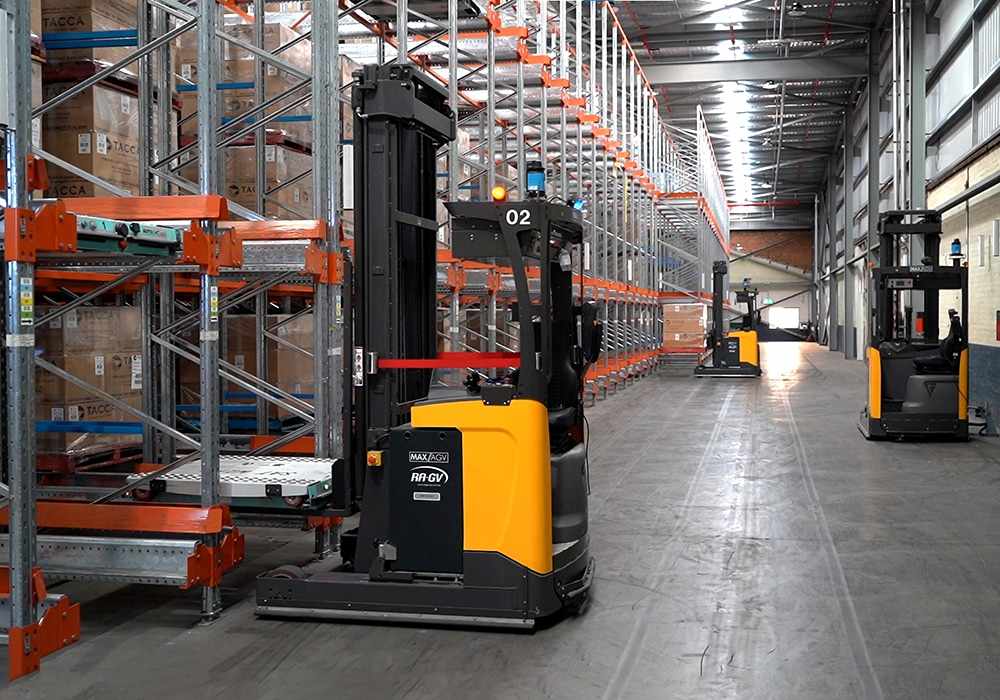
Introduction
The France Warehouse Robotics Market size is projected to hit USD 321.1 million by 2030, with a CAGR of 8.1 %. France is emerging as a key player in the global warehouse robotics market in 2025, driven by the rapid growth of e-commerce, technological advancements, and a strong push for sustainability. As one of Europe’s leading logistics hubs, France is leveraging warehouse robotics to enhance efficiency and meet the demands of a dynamic supply chain landscape. Recent developments, such as the adoption of autonomous mobile robots (AMRs) and strategic partnerships, underscore France’s role in this sector. This article explores the latest trends, innovations, and factors propelling France’s warehouse robotics market, drawing on industry insights and recent news.
E-Commerce as a Driving Force
The warehouse robotics market in France is fueled by the exponential rise in e-commerce, which demands faster and more efficient order fulfillment. France, alongside Germany and the UK, is a major contributor to Europe’s market share, driven by its robust retail and logistics sectors.
Companies like Amazon and Carrefour are investing heavily in robotics to streamline inventory management and last-mile delivery. The need for high-throughput operations has led to a surge in demand for AMRs, which are expected to hold over 29% of the market share in 2025 due to their flexibility and ability to handle complex tasks like picking fragile goods.
Recent Innovations and Deployments
A notable development in 2025 is the increased adoption of AMRs and automated guided vehicles (AGVs) in French warehouses. These robots enhance material transport and are integrated with AI and IoT for real-time decision-making. For instance, the partnership between Uniserve and Logistics Reply to implement LEA Reply, a cloud-native warehouse management system (WMS), has gained traction in France. This system integrates robotics with data analytics, boosting efficiency in e-commerce warehouses.
Additionally, French companies like Exotec are making waves in the global robotics market. Exotec’s Skypod system, a tote-to-person solution, is being deployed in warehouses across Europe, including France, to optimize order picking and storage. This technology, which combines robotics with AI, is particularly suited for France’s e-commerce-driven logistics sector, where speed and accuracy are paramount.
Key Players and Market Dynamics
France’s warehouse robotics market is shaped by both domestic and international players. Local innovators like Exotec and Scallog are leading the charge, with solutions tailored to e-commerce and retail. Global players such as ABB Ltd., FANUC Corporation, and Daifuku also have a strong presence, contributing to a competitive landscape. ABB’s recent launch of new robot families for mid-sized companies, while focused on China, highlights the global demand for pick-and-place and packaging robots, which are also relevant in France’s logistics hubs.
The market is segmented by product type (AMRs, AGVs, robotic arms), function (picking and placing, packaging, storage), and end-user (e-commerce, automotive, food and beverage). The picking and placing segment dominates with over 34% market share in 2025, driven by e-commerce needs.
Technological Advancements
The integration of AI, machine learning, and IoT is transforming France’s warehouse robotics market. AI-powered robots, like Amazon’s Sparrow, use computer vision to handle diverse stock-keeping units (SKUs), improving accuracy and speed. In France, similar technologies are being adopted to manage complex inventory systems. IoT-enabled sensors provide real-time data, enhancing supply chain visibility and reducing errors.
Cloud-based platforms, such as LEA Reply, are also gaining traction. These systems allow seamless integration of robotics with warehouse management, enabling scalability and flexibility.
Economic and Policy Support
France’s logistics sector benefits from strong economic and regulatory support. The country’s strategic location in Europe, coupled with government initiatives promoting automation, fosters market growth. Recent PMI data indicates robust demand in manufacturing, supporting the adoption of robotics to meet rising order volumes. However, labor shortages, a persistent challenge, are driving companies to invest in automation, though concerns about job displacement remain.
France’s commitment to sustainability is another key factor. Warehouse robotics optimize resource use, reducing energy consumption and waste. Green logistics initiatives, such as electric vehicle integration in last-mile delivery, complement robotic solutions, aligning with France’s environmental goals.
France’s Role in Europe
Europe is a significant player in the global warehouse robotics market, with France, Germany, and the UK leading adoption. France’s advanced infrastructure and focus on innovation make it a hub for robotics deployment. The region’s market share, projected to be significant in 2025, is driven by the need for sustainable and efficient operations. Strategic partnerships, such as Samsung SDS and SAP’s collaboration on AI-driven logistics, further enhance France’s position.
Challenges and Opportunities
While the market is thriving, challenges include high implementation costs and concerns about workforce displacement. Reskilling programs are essential to balance automation with employment. Opportunities lie in sustainability and customization, with France’s focus on green logistics and tailored robotic solutions driving growth. The rise of swarm robotics, which involves multiple robots working collaboratively, also presents potential for warehouse optimization.
Conclusion
France is leading the warehouse robotics revolution in 2025 through its embrace of e-commerce, AI, and sustainable practices. Innovations like Exotec’s Skypod system and platforms like LEA Reply highlight the country’s technological prowess. France’s strategic position and focus on efficiency ensure its prominence. Addressing labor concerns and fostering inclusive growth will be critical to sustaining this momentum, positioning France as a global leader in warehouse robotics.


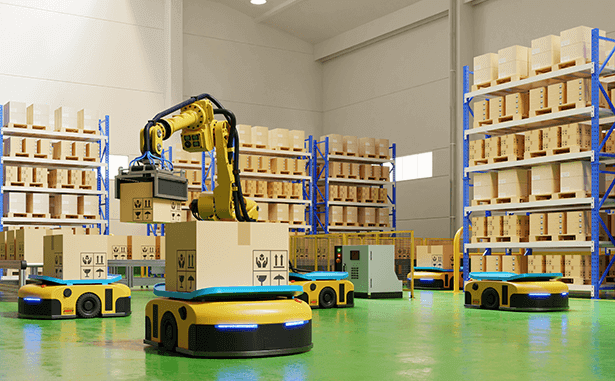
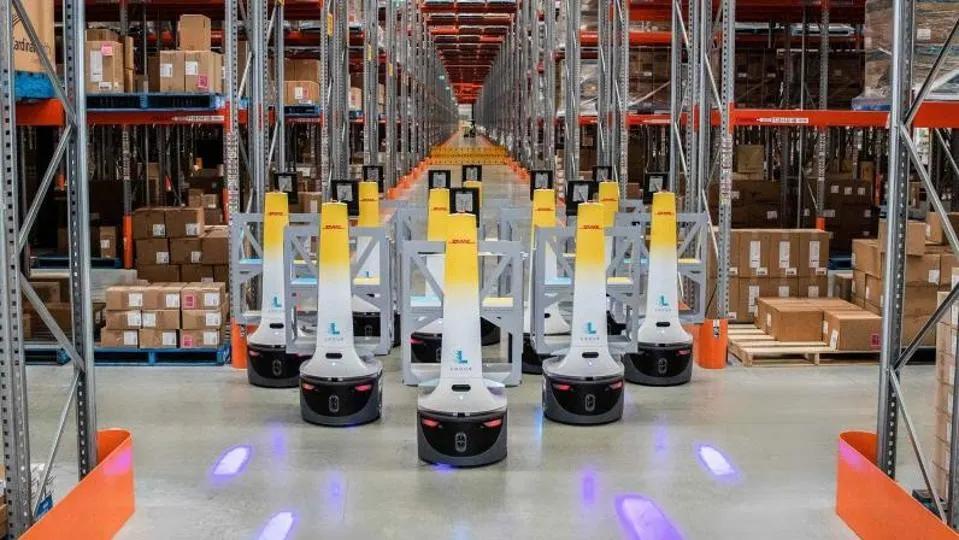
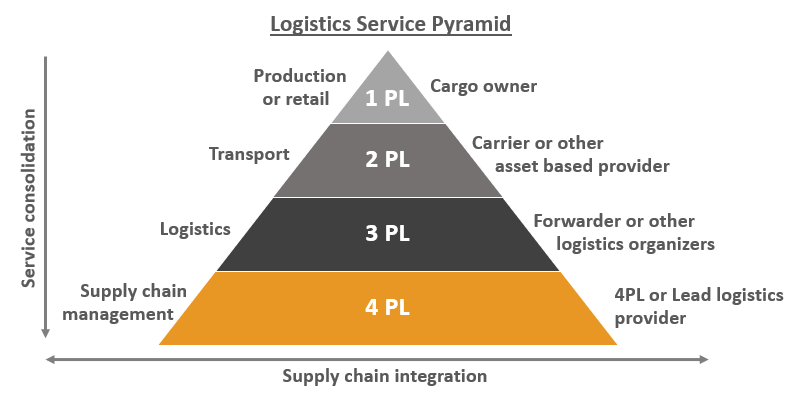
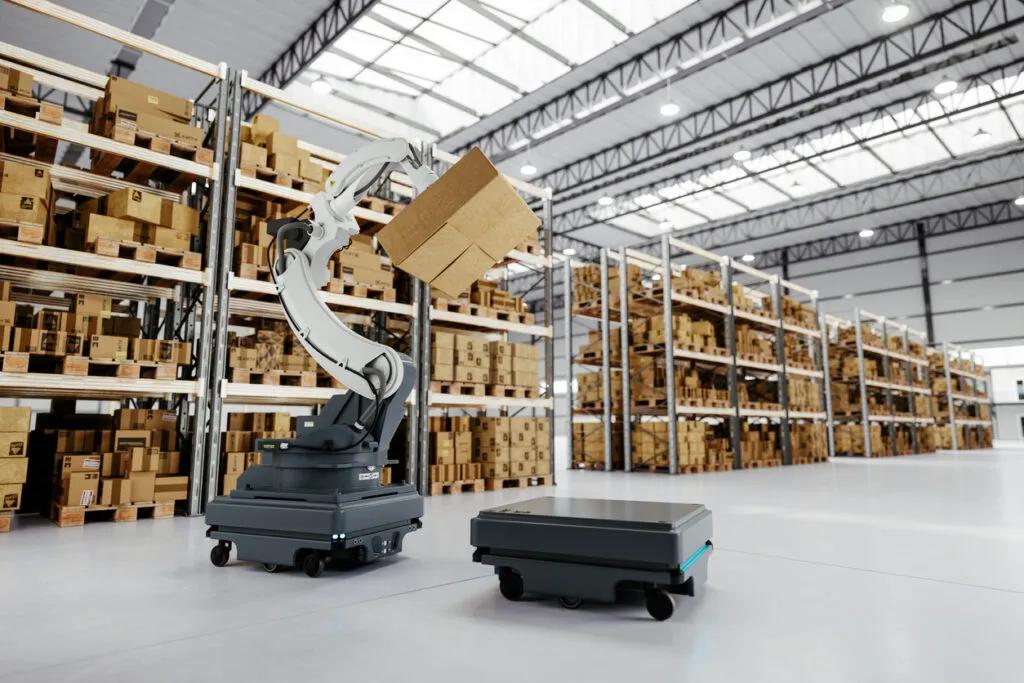


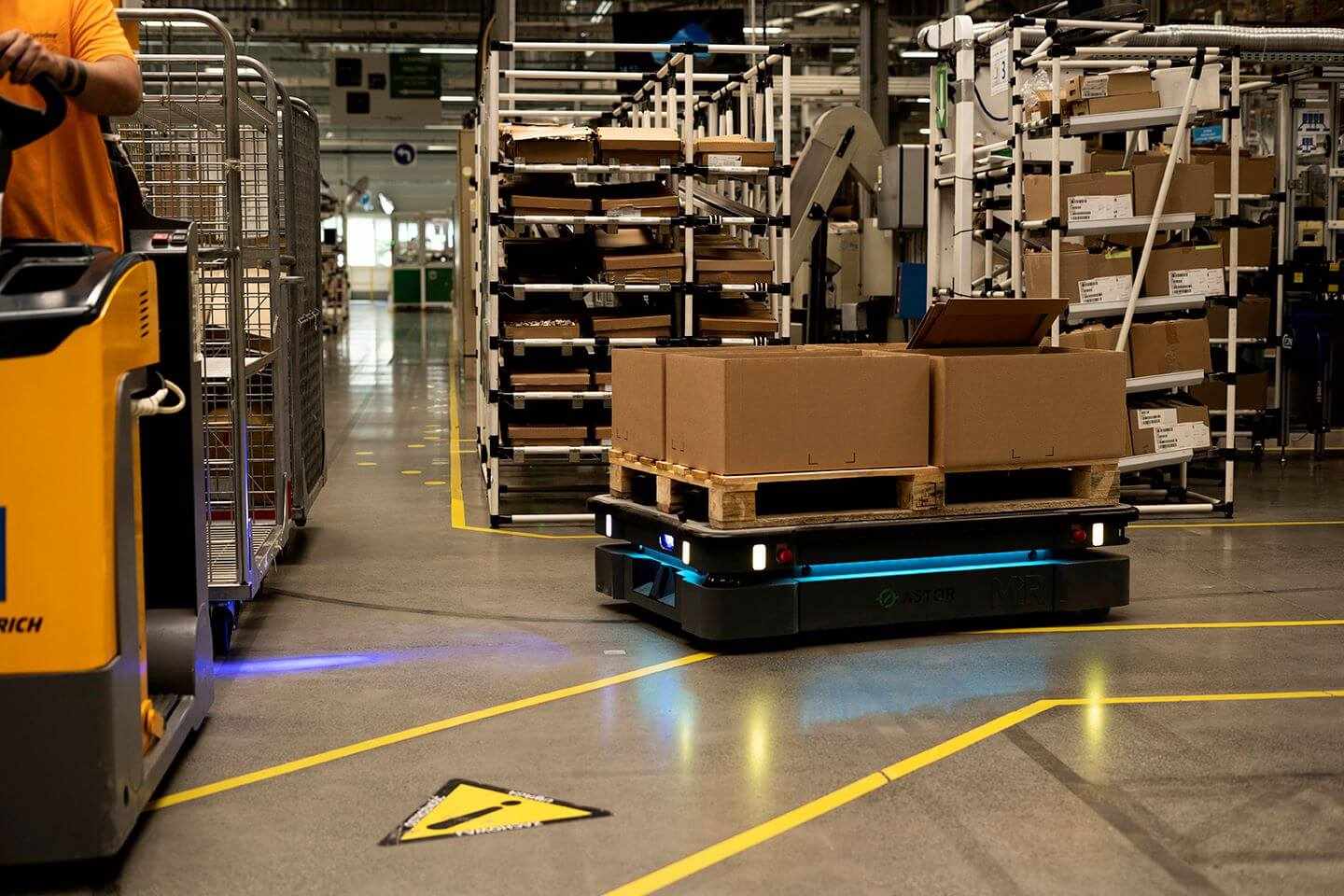
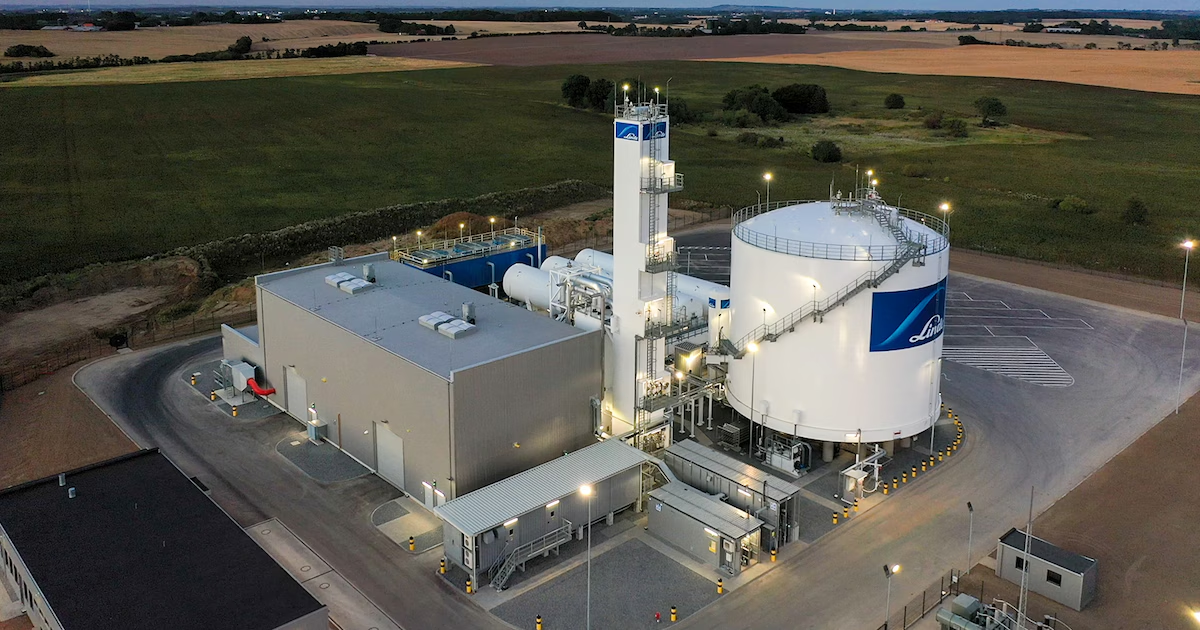
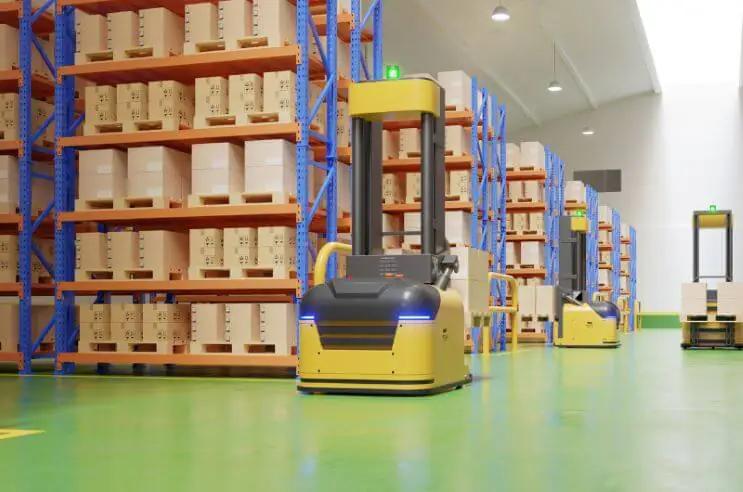

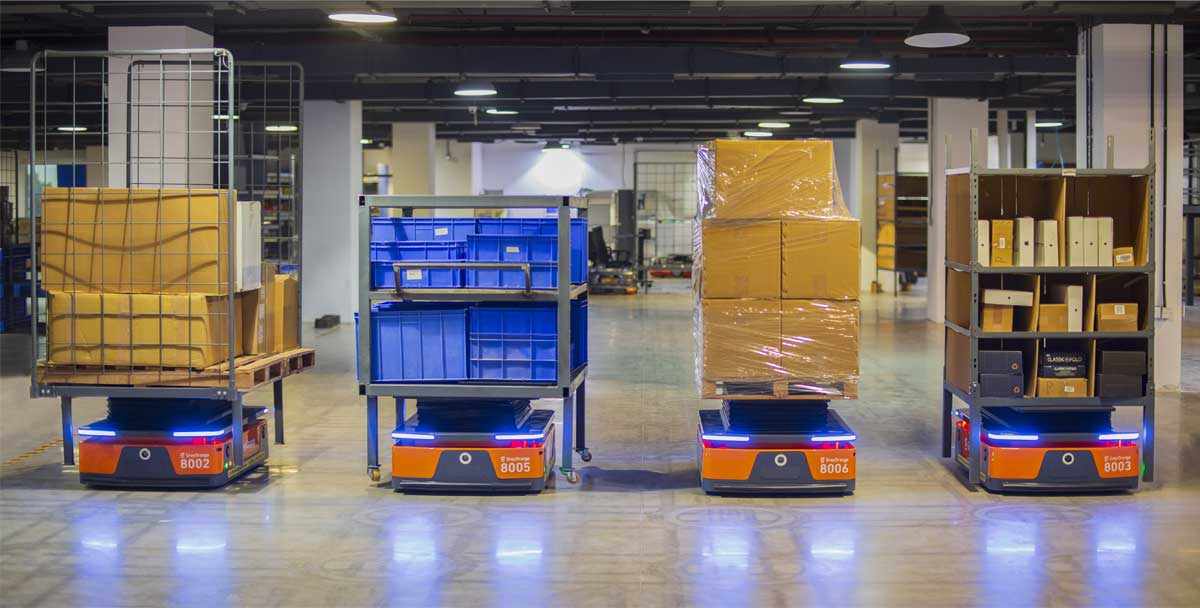

Write a comment ...